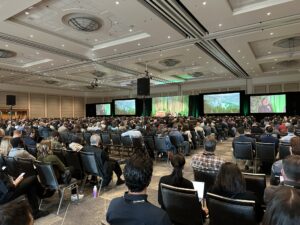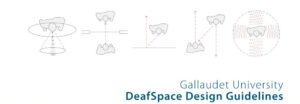We recently had the opportunity to collect 3D spatial acoustic measurements for a music performance space renovation project in Seattle.
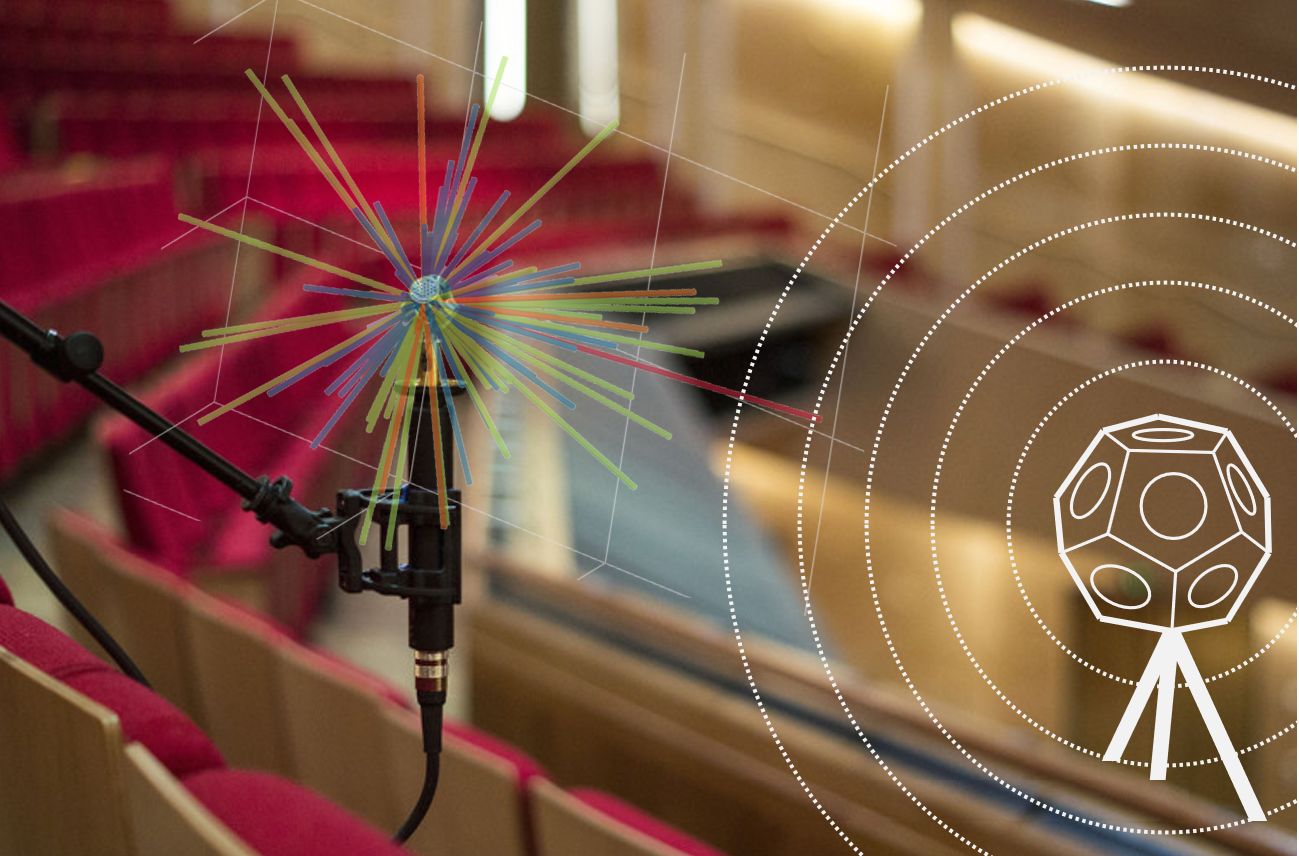
But what are 3D spatial acoustic measurements you ask? Good question: these measurements utilize an omnidirectional sound source coupled with a specialized multi-capsule microphone to capture the time, intensity and directionality of acoustic reflections in a space. These unique measurements help us bridge the gap between musician feedback and the architectural acoustics of the venue.
By analyzing “spatial impulse response plots,” we can pinpoint architectural modifications that enhance spatial acoustic quality—improving clarity, envelopment, immersion, spaciousness, and warmth/blend. These subjective qualities are further supported by objective acoustic design metrics, including:
- Lateral Energy Fraction (LF) – Measures envelopment
- Interaural Cross-Correlation (IACC) – Assesses spaciousness
- Clarity Index (C80) – Evaluates articulation
- Strength Factor (G) – Gauges perceived loudness
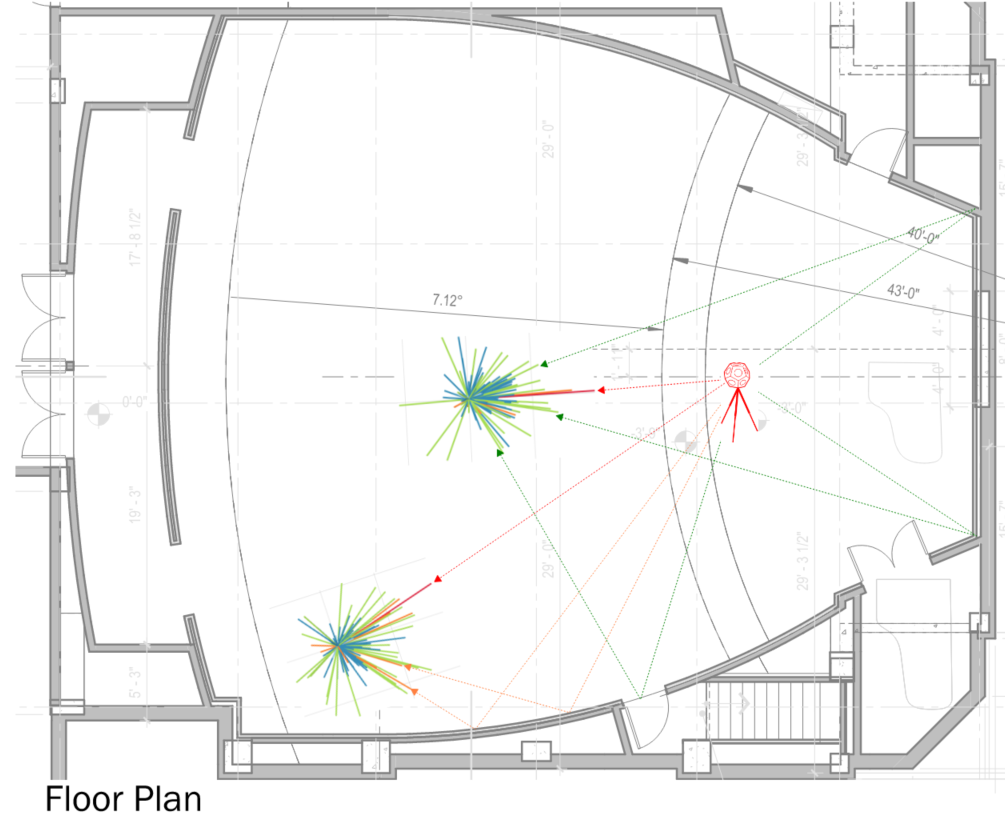
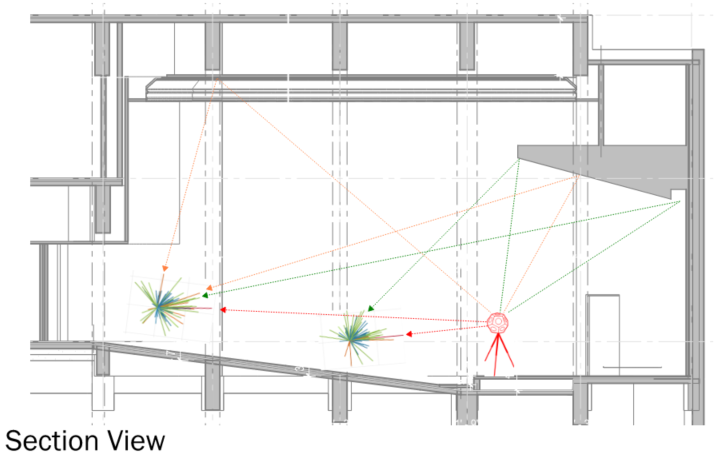
We’re excited about this data-driven approach because it allows architecture and acoustics to evolve together, creating an optimal experience for both audiences and performers. And the owners get:
- Confidence and credibility in making design decisions and assessing ROI
- Seamless acoustic integration—the architecture IS the acoustics, and vice versa
We’ve been building a comparative database across our portfolio of projects, providing valuable insights for future projects.
But how does it sound? We can also auralize the spatial acoustics of measured or 3D modelled spaces, allowing project team members to hear the spatial components of the sound. Auralizations can even be embedded within project deliverables and experienced over headphones to provide the subjective impression of the spatial acoustics.
Interested in how spatial acoustics can inform the design your space? We’d love to talk!
#LSTN #SpatialAcoustics #3DImpulseResponse #auralization #IRIS


